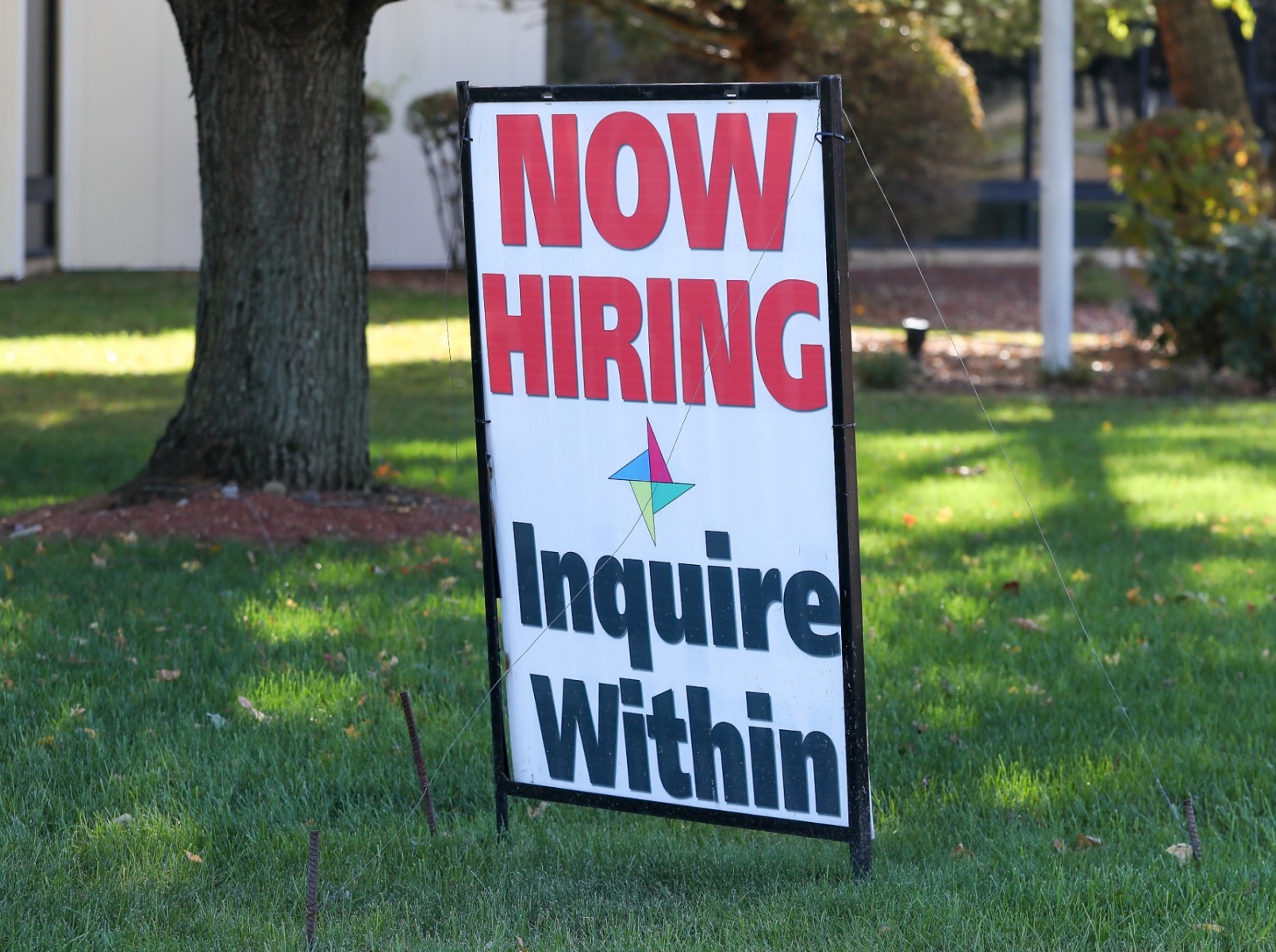What To Do When The Work Market Gets Weird

Openings? Layoffs? Resignations? Cutbacks? Everything, everywhere, all at once.
When the economy changes rapidly, it’s easy to get whiplash from headlines about what is happening with the job market. But whether you’re currently working, or looking for work, it’s important to not let the headlines bother you.
Yes, inflation is still challenging. Many articles continue the drumbeat for a coming recession. Tech companies like Google and Microsoft have said they are slowing (but not stopping) hiring. And companies like Netflix and Tesla have announced job cuts. (Because industries like hi-tech have a hair trigger on layoffs for “low performers” — which is actually a failure by the company — they can get a lot of media coverage.)
But anyone considering changing their work situation should be much more upbeat than the headlines suggest. Before the pandemic, on average there were two job-hunters for every open job. Now it’s the opposite: Two job openings for every job-hunter. Millions of workers are still choosing to leave their current work situations every month, and millions more are considering it in the coming months. More workers who want it have found full-time work than before the pandemic, with far fewer working part-time because they couldn’t find full-time. First-time unemployment filings are still near historic lows. And a record number of U.S. businesses were started last year, putting more potential hirers in the mix.
Despite all this good news, we tend to remember the scary headlines. That’s because humans are pattern-recognizers, and we are especially trained to look for bad news. Going back in history to when we were all foragers, we have always scanned the horizon for bad news. (“Is that movement in the forest my lunch, or am I its lunch?)
So, let’s stop looking for bad news. Whether you’re working or looking for work, don’t let any of the headlines get to you. Well-meaning journalists often don’t understand how work markets work, either. You’re living in what we all hope will become a post-pandemic world. There’s never been a time in history with a work market like this. No matter what the headlines say, there are many in-demand work roles that simply won’t have enough workers, even in a possible downturn.
Also, remember that tech companies are not the best signposts for work trends. Companies like Google historically have contractors for over half their “workforce,” so most of their hiring (and firing) process is completely opaque to you. Many tech companies are still hiring, just not as fast. And tech and non-tech hiring in non-tech companies is also robust.
Now, if you’re employed and thinking about changing jobs, but you’re worried that you might get laid off from your current work, be sure to have an honest conversation with your employer. Are your hours or your job fragile? Don’t let yourself get blindsided. Sometimes when you’re thinking about changing jobs, it’s because you’re already disaffected. Well, your boss may know that, and assume you’re already looking. (Remember that “the Great Resignation” is still really common.)
If you’re job-hunting, remember that you only need a job for one person. You. Don’t get discouraged by scarcity thinking in blaring headlines. And if you’re having difficulty job-hunting, remember that digital job listings are not your friend. Instead, use the kinds of creative search techniques we talk about at eParachute.
Remember, that process always starts with “self-inventory,” learning more about yourself. For quick insights, use the eParachute.com app. Or, if you’re willing to put more time into that process of learning more about yourself, we have a video course walking you through the techniques from What Color Is Your Parachute?
gB
Gary A. Bolles is a co-founder of eParachute, and the author of “The Next Rules of Work.”








